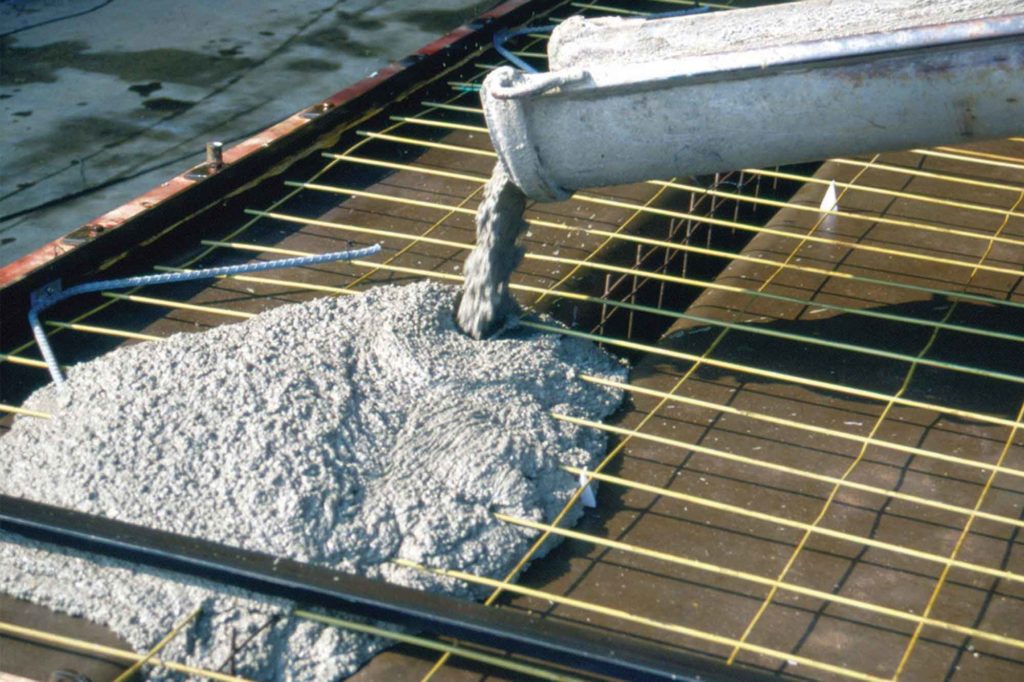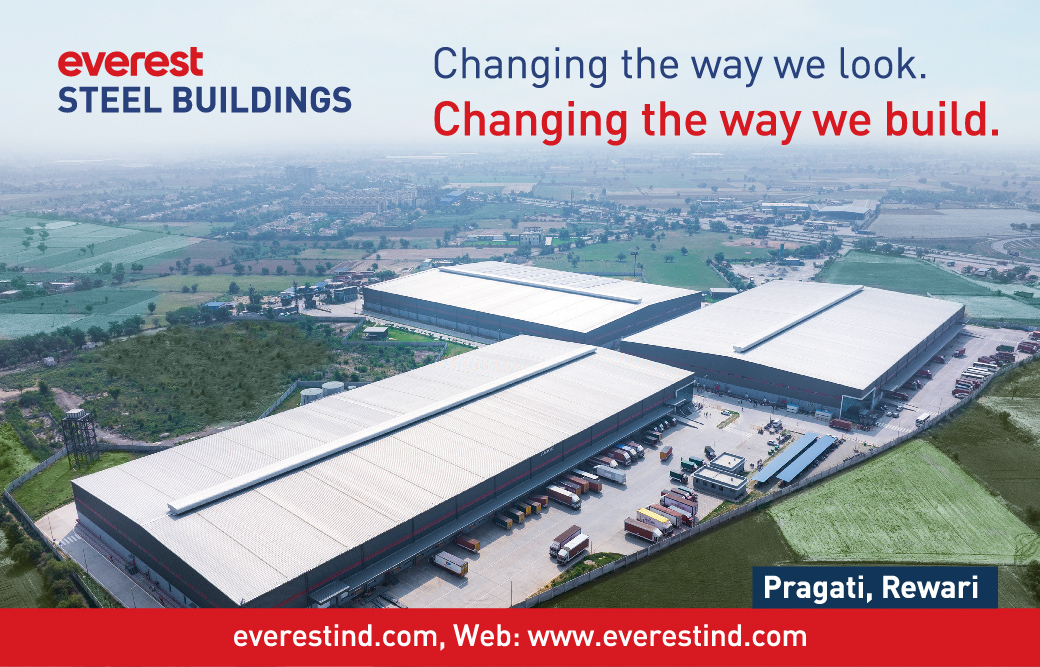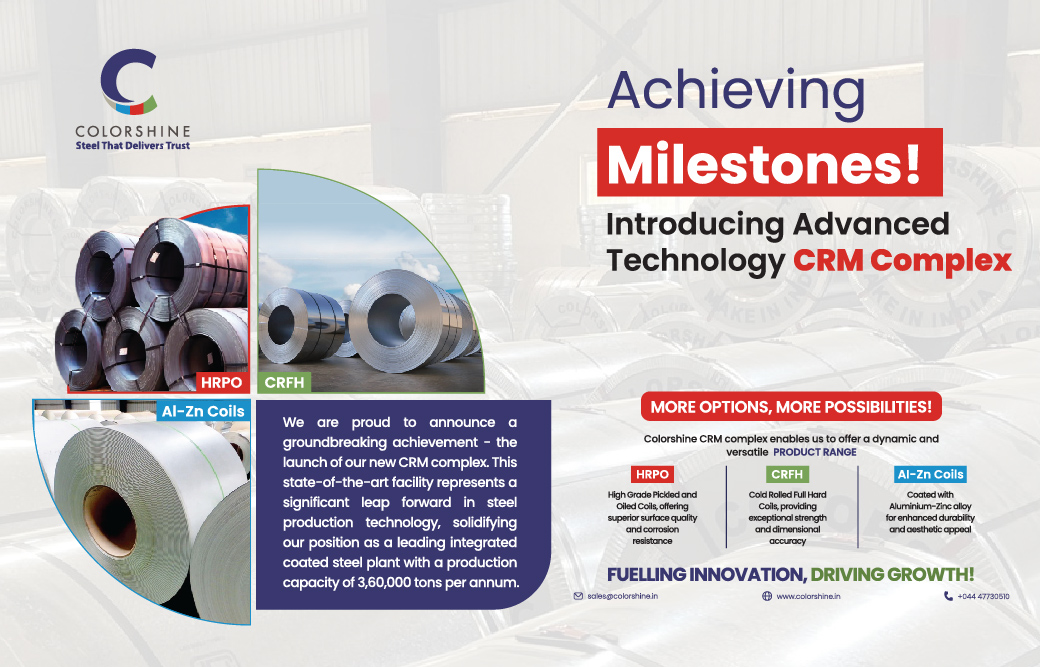Admixtures are those ingredients in concrete other than portland cement, water, and aggregates that are added to the mixture immediately before or during mixing. Construction and building material sciences is a highly matured technology all over the world.
Over decades, attempts have been made to obtain concrete with certain desired characteristics such as high compressive strength, high workability, and high performance and durability parameters to meet the requirement of complexity of modern structures. The properties commonly modified are the heat of hydration, accelerate or retard setting time, workability, water reduction, dispersion and air-entrainment, impermeability and durability factors.
Types of Admixtures
Chemical admixtures – Accelerators, Retarders, Water-reducing agents, Super plasticizers, Air entraining agents etc.
Mineral admixtures – Fly-ash Blast-furnace slag, Silica fume and Rice husk Ash GGBFS etc
The major reasons for using admixtures are:
- To reduce the cost of concrete construction
- To achieve certain properties in concrete more effectively than by other means
- To maintain the quality of concrete during the stages of mixing, transporting, placing, and curing in adverse weather conditions
- To overcome certain emergencies during concreting operations
Concrete does not always behave as we would like, some of the undesirable behaviour can be seen as disintegration, spalling, cracking, leakage, deflection and settlement. Durable concrete structures can be achieved only through careful attention to many details.
Advantages of various types of Admixtures:
- Shortens the setting time of cement and therefore increases the rate of gain of strength.
- Improves workability, cohesion and extends setting time, provides protection against delays and stoppages and facilitates keeping workable concrete for extended period
- In the large construction, good workability of the concrete throughout the placing period and prevention of cold joints is ensured by adding retarders in the concrete.
- Enables earlier release from precast moulds thus speeding Guidelines on use of Admixtures in Concrete production.
- Reduces segregation and increase density and compressive strength.
- Early use of concrete floors by accelerating the setting of concrete.
- Reduces water requirements, bleeding, shrinkage and time required for initial set.
Admixtures play an important role in today’s Concreting to get Durable concrete structures.
Types of Chemical Admixtures
-
- Accelerating admixtures (ShaliPlast FS)
- Retarding admixtures (ShaliPlast R)
- Air entraining admixtures (ShaliPlast AE)
- Water reducing admixtures (ShaliPlast SP/PCE)
- Shotcrete admixture (ShaliPlast Shortcrete P/L)
- Integral Waterproofing admixtures ShaliPlast LW+ /LW++
Dosage ranging from 0.4 per cent to 3 per cent by wt. of cement, different admixtures are recommended and a water reduction from 10 to 35 per cent or more is achieved.
General concrete deterioration
Most concrete deterioration can be attributed to water penetration. Since concrete absorbs moisture until it becomes saturated. Moisture hastens deterioration not only because it promotes chemical reactions but also because it carries dissolved chemicals that can react with the steel, lime and other components in the concrete. It also plays a major role in concrete deterioration. As a result of water entering in to concrete results in Spalling of concrete.
Corrosion inhibitors are used in concrete for parking structures, marine structures, and bridges where chloride salts are present. The chlorides can cause corrosion of steel reinforcement in concrete. Ferrous oxide and ferric oxide form on the surface of reinforcing steel in concrete. Ferrous oxide, though stable in concrete’s alkaline environment, reacts with chlorides to form complexes that move away from the steel to form rust. The chloride ions continue to attack the steel until the passivating oxide layer is destroyed. Corrosion-inhibiting admixtures chemically arrest the corrosion reaction.
Conclusion
It should be borne in mind that no admixture of any type or amount can be considered a substitute for good concreting practice.
Construction chemical manufacturers like STP Ltd are using durable technologies suitable to our national economy, affordability and environmentally friendly.
Authored By-
Hasan Rizvi,Sr. VP ,
STP Ltd
707, Chiranjiv Tower, 43 Nehru Place,
New Delhi – 110019 Delhi
Tel.: 11 4656 1359
Mobile: 91 81302 98861
Fax.: 91 11 46561358
E-mail: hasan@stpltd.comwww.stpltd.com
Cookie Consent
We use cookies to personalize your experience. By continuing to visit this website you agree to our Terms & Conditions, Privacy Policy and Cookie Policy.
















